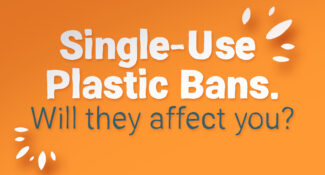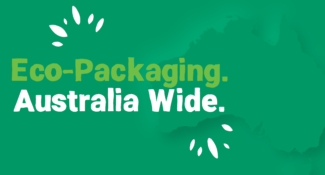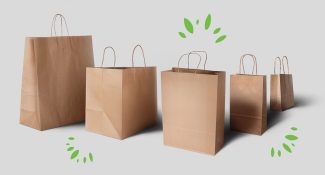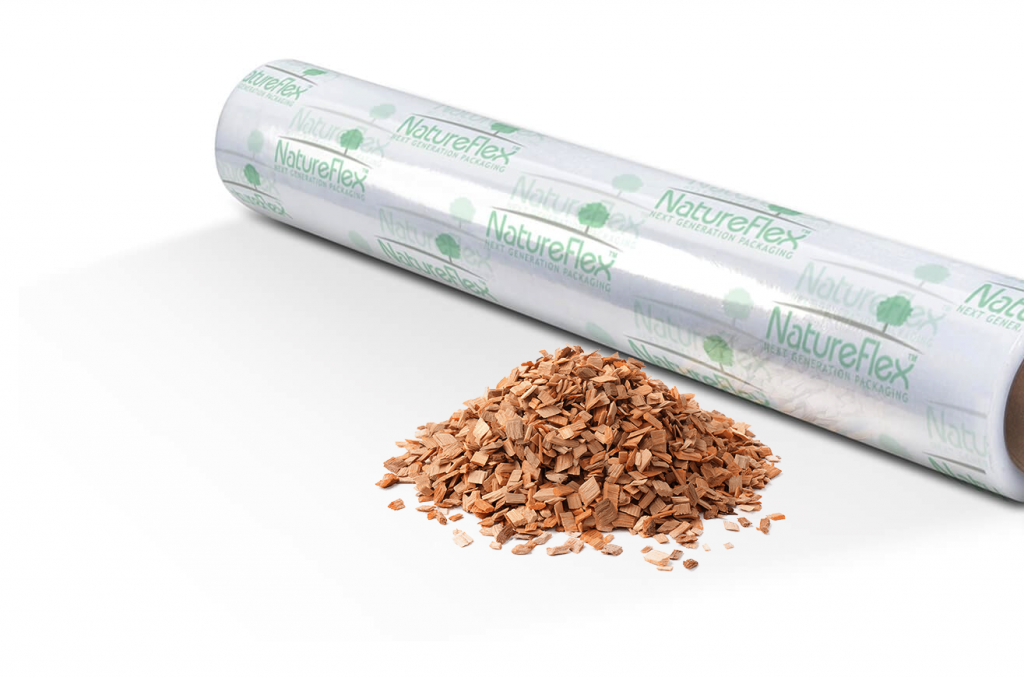
Innovation by necessity
NatureFlex bags are an incredible innovation. They combine convenience and versatility with a massively reduced impact on our environment. These bags are a great option for anyone looking to transition away from single use plastics. Whether it’s hospo, retail or home, NatureFlex bags are sure to impress. It’s true, that plastic waste is one of the largest issues we face today. So let’s take a closer look at why it’s so harmful to our environment, what can be done to minimise it, and what the alternatives are.
“It’s almost certain that there is a level of [microplastic] exposure in just about all species”
Tamara Galloway, an ecotoxicologist at the University of Exeter, UK.
The harmful impact of micro plastics
Plastic is everywhere. No, seriously. As outlined in the science-news publication Nature; ‘Scientists have since seen microplastics everywhere they have looked: in deep oceans; in Arctic snow and Antarctic ice; in shellfish, table salt, drinking water and beer; and drifting in the air or falling with rain over mountains and cities. These tiny pieces could take decades or more to degrade fully. “It’s almost certain that there is a level of exposure in just about all species” says Galloway. Tamara Galloway, an ecotoxicologist at the University of Exeter, UK.‘
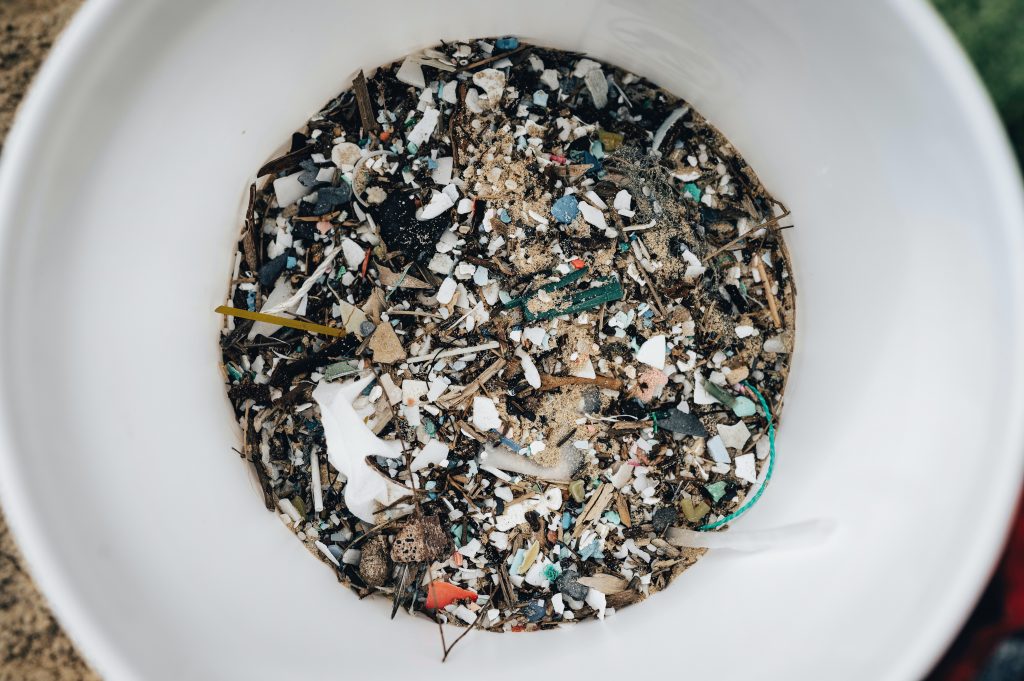
35.9% of all plastic produced in 2015 was used for packaging. This category of plastic use, expectedly, also produces the most waste. We recognise that plastic does still have many benefits in our day to day life, afforded primarily by the convenience it provides us. Durability and reusablity are among its most useful properties. However this is a double edged sword, since these qualities prevent plastic from biodegrading. Instead of breaking down into biomass and C02 (like compost), plastic breaks apart and in some cases becomes, what is referred to as, ‘microplastics’. Simply put, microplastics are tiny fragments, sometimes smaller than sand. There are many different sizes and chemical compositions of micro and nanoplastics, which can make them difficult to monitor.
What are our options?
So, we can all agree plastic waste is a real and pressing issue, and that waste generated from plastic packaging is largely to blame here. Although massive reform, and industry action is still urgently needed, consumers now have more alternative options available to them than ever before. With more awareness surrounding an issue, come more informed purchasing decisions. Eliminating unnecessary waste from our lives can have massive effects down the line. It could drastically reduce the amount of plastic waste that ends up in landfills—and most importantly—the environment. It was once said; we don’t need a few people doing zero waste perfectly, instead we need a lot of people doing it imperfectly.
Times are changing
In recent years, we’ve seen a massive increase in the take up of reusable products, including glass, stainless steel, wood, and plastic products designed to be kept for life. We believe this is a great philosophy. With every use, it puts into perspective how much waste we are keeping from landfill. It also makes us more mindful, as individuals, on what our impact can be.
However, we understand that in some product areas, there still aren’t many practical environmentally friendly options available. Plastic films come to mind. PLA (polylactic acid; see our articles on PLA & Bioplastics) typically uses cornstarch in manufacturing which means it doesn’t rely as heavily on fossil fuels as regular plastic. This is an excellent advancement, and we consider PLA as a great alternative to regular plastic. However, currently PLA can only be composted in commercial facilities due to the specific and consistent conditions it requires to break down. There are some council areas that offer facilities like this, but they are not widespread enough to be a practical option for all Australians. PLA should therefore not be put into curbside green bins. We recommend getting in touch with your local council or waste management provider for further details.
The home compostable advantage
Products that are deemed home compostable have a distinct advantage in this case. The requirements for them to break down naturally are much less demanding. Just like regular food scraps, materials certified for home composting can break down within a matter of weeks or months. There are many environmental benefits to composting in this way. Some of the upsides are outlined in our Benefits of Composting article, which also looks at which of our products are home compostable. Industry clients will be pleased to know that home compostable items can be disposed of in regular green bins, as the materials are generally 100% plant based. Single use packaging has undergone many changes in decades past, but it’s only now that we realise recyclable and compostable options are by far the best.
NatureFlex Bags are shelf stable in dry & cool conditions, meaning they won’t break down prematurely. Compostable materials, including compostable packaging materials, need oxygen, moisture, and microorganisms to begin the degradation process
Enter NatureFlex Bags

One of the latest innovations in green packaging are the incredible NatureFlex Bags. These bags are made from a heat resistant laminate which is made from cellulose (wood pulp i.e. paper), sourced from FSC certified plantations. The NatureFlex films are essentially a form of transparent paper. The uses for a product like this seem endless. Whether it’s used as packaging for shelf stable baked goods, seeds, nuts, or other snacks; our range of bags are versatile enough to match all needs. Not only are they great for food products, but virtually anything that needs simple, clear packaging would also work perfectly.
Benefits of NatureFlex Bags
- These bags are 100% Food safe & also work great for non-food related products
- Ideally suited for dry foods, however they are currently not recommended for liquids
- They are shelf stable in dry & cool conditions, meaning they won’t break down prematurely. Compostable materials, including compostable packaging materials, need oxygen, moisture, and microorganisms to begin the degradation process.
- Resistant to oil & grease, as well as having an excellent barrier to gases, aromas, & moisture
- NatureFlex Bags are easily heat sealable on both sides but not vacuum sealable
- Provide a great transparency and glossy finish with inherent anti-static properties
- These bags are made in Australia from NatureFlex laminate produced in the United Kingdom
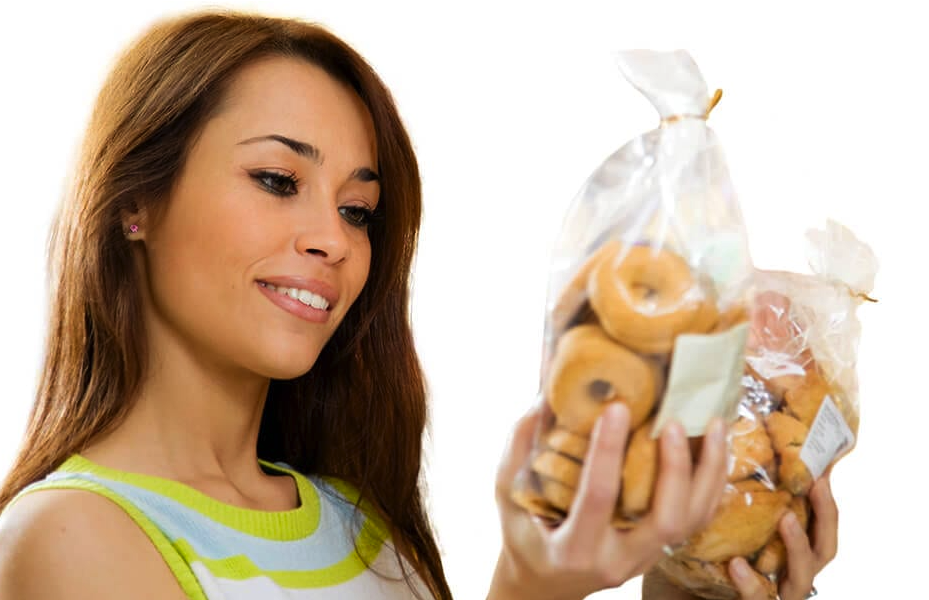
NatureFlex bags have been specially formulated for enhanced print receptivity, making them easily brandable to match your business. This, in combination with a compostable paper sticker and plant based inks, is a perfect way to reduce waste sent to landfill. It can sometimes be difficult for small businesses to source packaging for their products, while also ensuring they don’t further contribute to a systemic waste issue. Regular everyday people now have a range of plastic-free alternatives to choose from, making NatureFlex bags the perfect solution to this problem. At Green Pack, we’re committed to supplying our customers with the most current eco-friendly packaging on the market. Our team researches new products regularly, and our product lists reflect that. We all have a role to play, and by offering products that make a meaningful impact, we can hopefully help our customers make the right choice for our environment.
As per the manufacturer specifications, NatureFlex bags are certified commercially compostable to European EN 13432 and American ASTM D6400 standards, as well being validated OK Compost Home by TÜV Austria.

